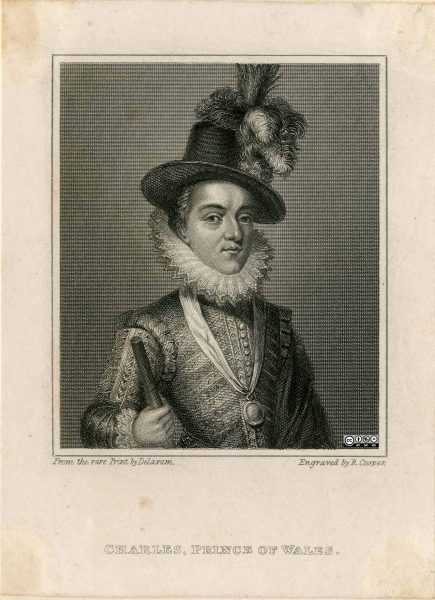Royal Patronage

Charles II as Prince of Wales (image from the Fairclough Collection, University of Leicester).
Charles II was Prince of Wales and only twelve years old when the English Civil Wars broke out. Despite his young age, Charles was present at the battle of Edgehill with the doctor William Harvey. By the age of fourteen, Charles’s father (King Charles I) had given him a position in the royalist army. You can read a petition from one widow whose husband had fought under the young prince here. Charles was forced to escape to Europe before his father was executed in 1649. In 1660, he returned to England as King Charles II.
Charles II had a keen interest in science. He even had a laboratory in his palace at Whitehall. His main interest was in military and naval technology. In 1662, he agreed to become the patron of the new Royal Society and granted it a charter that enabled the Society to use ‘Royal’ in its name. However, Charles’s support for the Royal Society was not as strong as its founders had hoped and the king did not grant them any money. The Royal Society had to be funded by the fees that members paid to join. The aristocracy and other wealthy men were encouraged to join. One such man was the king’s cousin Prince Rupert, who had been a commander in the royalist army during the Civil Wars. For more information on Rupert’s activities in the Civil Wars, see these petitions from men who fought alongside him. He had a genuine interest in science and was made an honorary member of the Royal Society. He did not attend any meetings, but the support of men like Rupert and the king’s patronage made scientific experiments and the activities of the Royal Society very fashionable.
